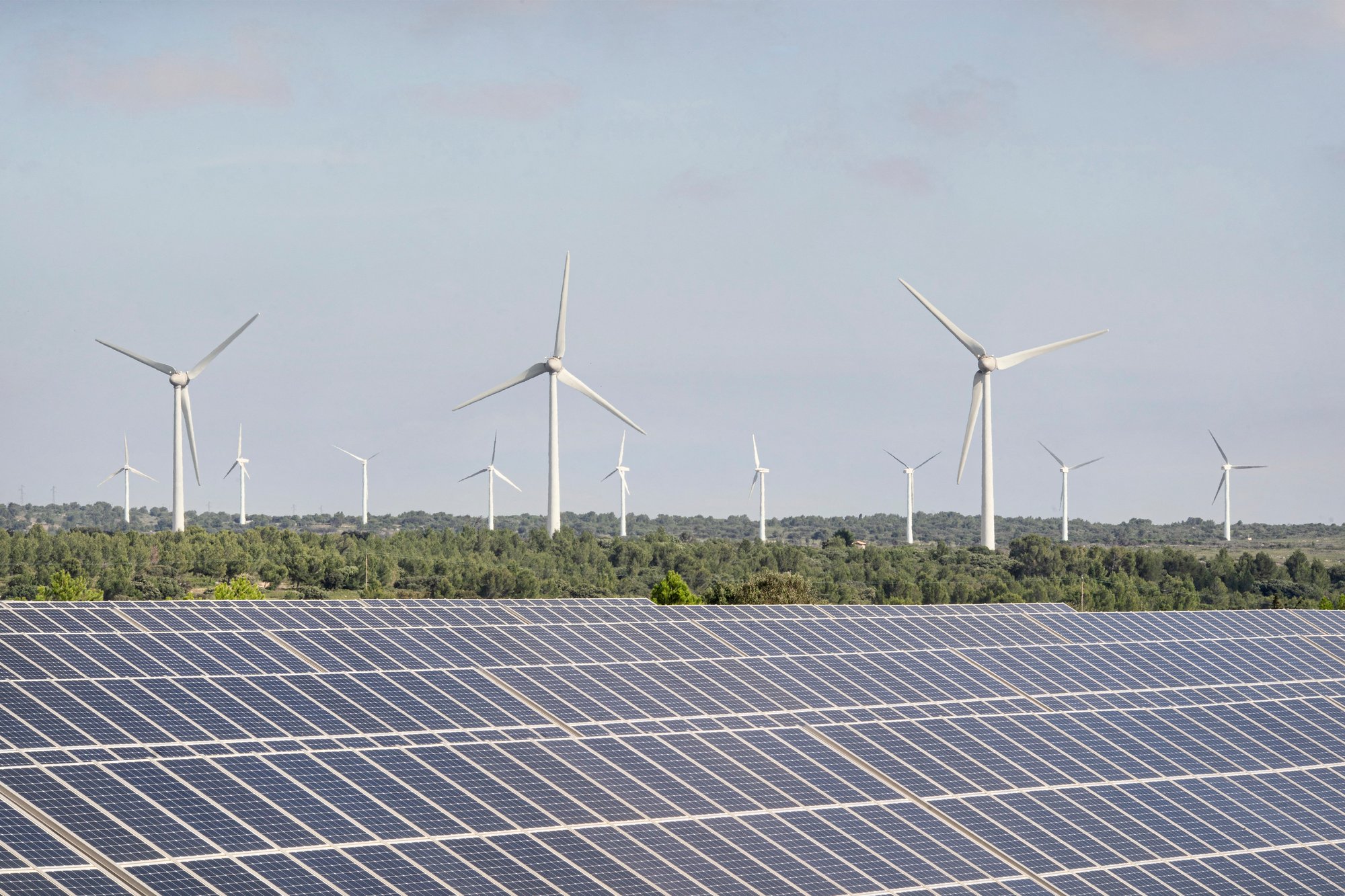In response to statements made by Laszlo Balkovic in the Ministerial Nominee Committee Reports, the Energy Geography Research Group at Eötvös Loránd University has published a decision.
“According to the scientific consensus, wind power is capable of generating large amounts of electricity with the least environmental impact of any of the technologies available today. This is why the expansion of wind and solar production capacity worldwide has been the fastest in the world for many years, which is a remarkable phenomenon. To look especially at Europe. The fact that the two technologies are expanding in parallel makes sense because solar panels produce more electricity in the summer and wind turbines produce more electricity in the winter, and a similar phenomenon can be detected in terms of daily production,” they wrote.
The “opinion” (in the case of wind farms) that the problem of energy storage exists as much as it is in the case of solar energy, so it does not exclude it from its construction” is partially true, but it must be emphasized that above seasonality the problem of energy storage can be reduced. Planned expansion of solar energy In domestic plans (not at all ambitious in international comparison) – without increasing the capacity of the wind farm – it means that a serious deficit in electricity production will develop in the half-winter of the year, the vast majority of which can only be replaced by imports, and there are energy storage technologies with which to Seasonal storage of electricity to become a reality.However, any storage technology can only be operated with significant energy losses, so efforts must be made to replace it with other technologies (see, among others, a number of consumer-side tools). Storage Capabilities Around the world, the coordinated solution is to install wind turbines and solar panels in a coordinated manner.
From the reports of the candidate for the post of minister, the press also highlighted the following idea: “(Hungary) is in a basin, and in this basin the Moor Trench is the only wind tunnel in which the wind blows steadily. In the rest of Hungary, this can no longer be guaranteed.” In this regard, it must be emphasized that most of the Carpathian Basin is suitable for the economical operation of modern wind farms. Based on production data per unit production of domestic wind turbines, which are now outdated, they still produce above European average production. That is why not only venture capitalists intend to invest in wind farms in Hungary, but energy communities will also be formed for this purpose, as in many other countries in Europe.
For the wind climate in the Mór Trench, the country has much better areas than the region, as confirmed by both the new European Wind Atlas published in 2019 and the Global Wind Atlas published in 2020, as well as software modeling for wind operation. farmer. The latter, for example, has an estimated 10% higher electricity production for the Sopron region than for Moore. At the same time, it should also be noted that the winds do not “steadily” blow anywhere in the country. But – contrary to the misconception of “wired wind” often conveyed by Hungarian government experts – this is not true in the case of offshore wind farms that are better equipped, even unable to generate “stable” electricity.
Finally, it must be emphasized that the leading European countries have already set a target to have a share of renewable energy in electricity generation of around 100% (Austria) or more (Denmark) by 2030. Hungary’s target is 21%. Today, wind power is one of the major players in capacity expansion on the production side, with global total capacity growing nearly forty times and growth not seeming to stop, with developments representing a financial advantage in addition to national strategic considerations. The obstruction of wind farm construction means not only a huge loss of revenue for the backward states, but also costs, which of course also applies to Hungarian taxpayers. The current energy strategy, which excludes wind farms and severely restricts other renewable technologies, will fine-tune our dependence on imports for decades to come, so as the consequences of Russian military aggression show, there is a serious security risk of supply for Hungary.”












































